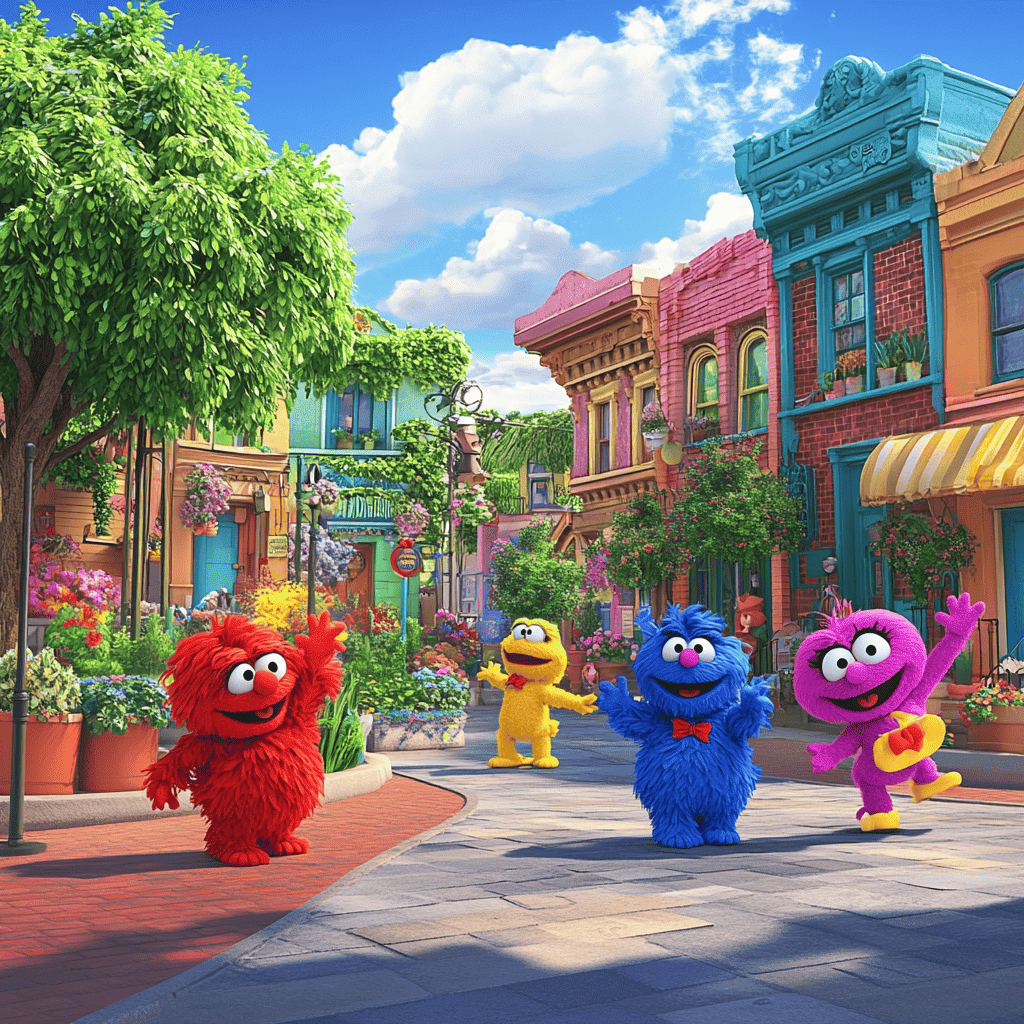Everything You Need to Know About Website Design and Color Theory (With a Smidge of Smiles)

Posted on: 2024-09-10
Welcome, brave web designer! Whether you’re a seasoned pro or just dipping your toes into the vast ocean of website design, you’ve come to the right place. Today, we’re diving into the colorful world of website design and color theory, and trust me, it’s going to be a wild ride. So grab your favorite caffeinated beverage, put on your design hat (or a funny hat, we won’t judge), and let’s get started!
1. The Importance of First Impressions: Don’t Scare Away Your Visitors!
Imagine walking into a restaurant that looks like it hasn’t been updated since the 80s. You’d probably turn around and run, right? Well, your website is no different! Your design needs to be inviting and modern, or you might as well hang a sign that says, “Abandon all hope, ye who enter here.” A good website design is like a well-decorated home. It should be clean, organized, and make visitors feel comfortable. Remember, if your website looks like a digital garage sale, people will assume your services are just as outdated.
2. Color Theory: It’s Not Just for Artists and Unicorns
Ah, color theory—the magical realm where colors come together to create harmony, chaos, or a combination of both that leaves your visitors questioning their life choices. Understanding color theory is crucial for website design, and here’s why:
- Color Psychology: Colors evoke emotions. Blue is calming, red is exciting, and yellow is cheerful (but too much can make you feel like you’re trapped in a giant banana). Choose colors that align with your brand’s personality. If you’re a law firm, maybe skip the neon pink and opt for navy blue instead.
- Contrast is Key: You want your text to be readable, not a game of “Where’s Waldo?” High contrast between your background and text colors is essential. If your text blends into the background, your visitors will be squinting and guessing what you wrote. And trust me, they won’t be impressed if they have to decode your secret message.
- Color Harmony: This is where things get fun. Use color schemes like complementary (colors opposite each other on the color wheel), analogous (colors next to each other), or triadic (three colors evenly spaced). Just don’t go overboard—your website isn’t a carnival, and you’re not trying to attract clowns.
3. Fonts: The Unsung Heroes of Design
Fonts are like the clothing of your website. You wouldn’t wear pajamas to a job interview (hopefully), and you shouldn’t use Comic Sans for your professional website. Choose fonts that reflect your brand’s personality and are easy to read. Here are some tips:
- Limit Your Fonts: Stick to two or three fonts max. Too many fonts make your design look like it’s having an identity crisis.
- Hierarchy Matters: Use different font sizes and weights to create a visual hierarchy. Your headings should stand out like a peacock at a pigeon convention.
- Web-Safe Fonts: Not all fonts are created equal. Make sure to use web-safe fonts or include a fallback option. You don’t want your visitors to see a jumbled mess because their browser couldn’t load your fancy script font.
4. Layout: The Art of Arrangement
Think of layout as the furniture arrangement in your digital living room. A well-organized layout guides visitors through your content, making it easy for them to find what they need. Here are some layout tips:
- Grid Systems: Use a grid system to keep everything aligned. It’s like having a secret weapon for organization. Plus, it makes your design look professional and polished. Whitespace is Your Friend: Don’t be afraid of whitespace! It gives your content room to breathe and makes your website look less cluttered. Think of it as the Zen garden of your design—calm, serene, and free of distractions. Call to Action (CTA): Your CTAs should stand out like a neon sign in a dark alley. Use contrasting colors and clear text to encourage visitors to take action. “Click here” is great, but “Get Your Free Unicorn Now!” is even better (unless you’re selling insurance—then maybe stick with “Get a Quote”).
5. Testing and Feedback: The Design Reality Check
Once you’ve designed your website, it’s time to test it. Ask friends, family, or even your dog for feedback. Just remember, your dog might not be the best judge of design, but they’ll definitely appreciate the attention.
- User Testing: Get real users to navigate your site. Watch them struggle or succeed. Their reactions will give you valuable insights into what works and what doesn’t.
- A/B Testing: Try different designs and see which one performs better. It’s like a competition, and you’re the judge. Just remember, the winner gets to be the design you stick with!
Conclusion: Go Forth and Design!
Now that you’re armed with the essentials of website design and color theory, it’s time to unleash your creativity! Remember, design is an art, and like any good artist, you’ll have your hits and misses. Embrace the process, learn from your mistakes, and most importantly, have fun! So go ahead, create a website that dazzles, delights, and maybe even makes people chuckle. After all, a little humor goes a long way in the digital world. Happy designing!